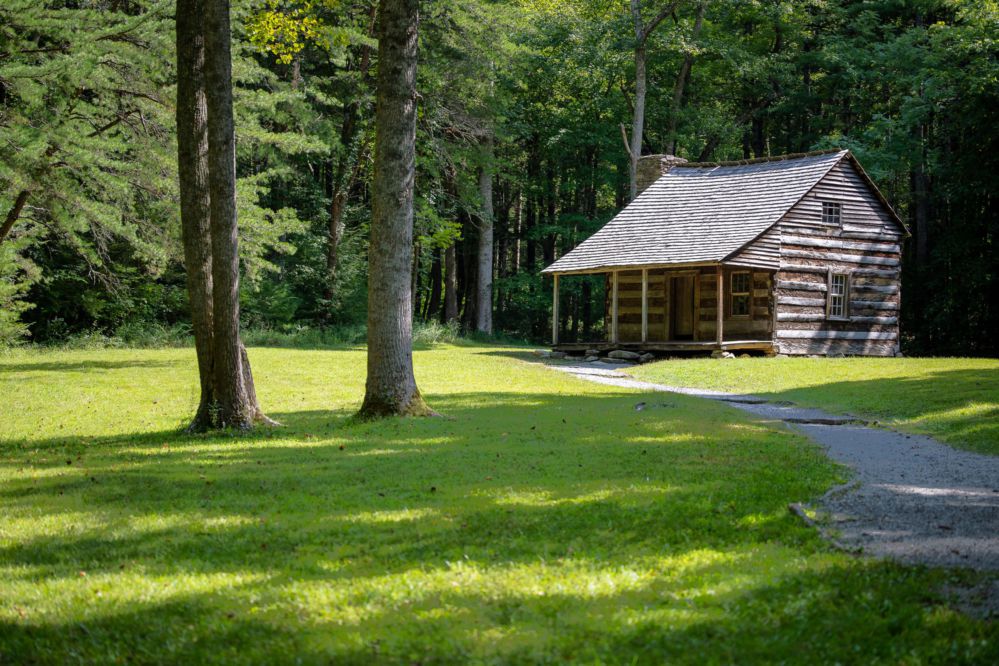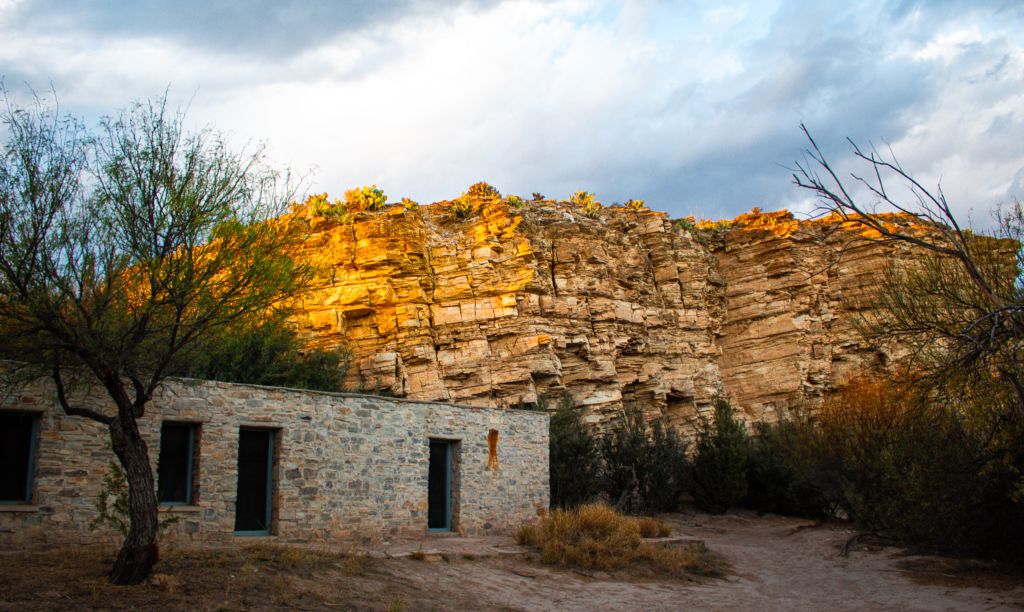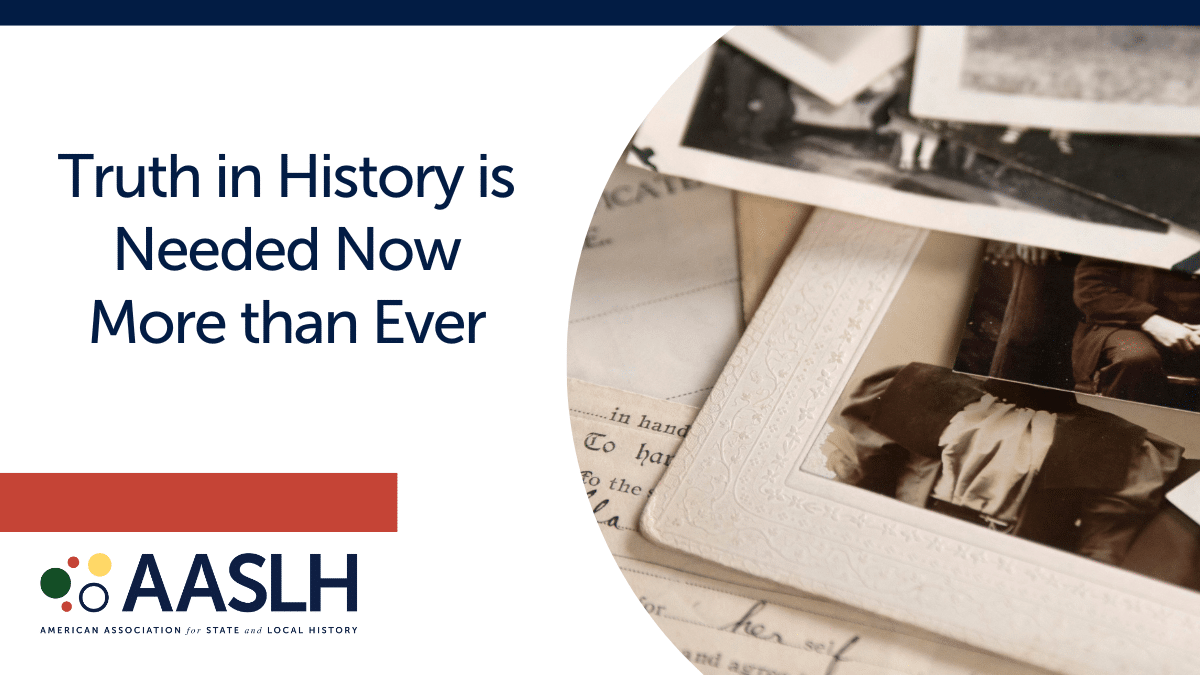
By Tony Pierucci, Chair, History in Our Parks Task Force
Thousands of history practitioners work for public parks agencies. The field of history within parks agencies is extraordinarily diverse and runs the gamut from small, city-operated historic house museums to state and national parks. Recognizing the need to learn more about this significant subset of the field, AASLH worked with practitioners at state, county, and municipal parks agencies across the country, each with a range of responsibilities and areas of expertise, to create the History in Our Parks Task Force in 2018.
I joined the task force as a member of its inaugural board after reading about its creation following the AASLH conference in Philadelphia that year. At the time, I worked as the Historic Preservation Officer for Riverside County Regional Park & Open-Space District in southern California, though I've since moved on to the role of Deputy Director for the District in charge of planning and development. I've spent my career in parks agencies and so when I read a blog post on the AASLH website by Shawn Halifax, then chairman of the task force, introducing the new initiative, I was struck by how familiar his experience sounded to my own. In part, he wrote:
For most of this time I've been the only person with any formal education and work experience in public history and museum work—certainly the only person whose primary purpose is to work with the agency's cultural and historic resources, except for resource management firms periodically hired to assist with master planning new parks. Sometimes, on my bad days, it seems as though I'm the only person who "gets it." More times than I like to remember, I've been the only voice advocating for the proper care of the agency's historic resources.
I, too, had worked as the sole advocate for the historic resources in my agency's care—I'd felt on occasion lost and unsupported. Reading this, I wondered how many other history practitioners working in park agencies felt similarly. After our first task force meeting, it became clear this would be our first goal: to get a sense how historic sites are operated by parks agencies and to identify the types of challenges those working within such agencies face. Over the course of the next several months, we worked on surveying the academic literature to see if others had written about this topic, only to come up largely empty-handed. We soon realized that we'd have to do the ground work ourselves if we wanted to build a source of information on this topic. And so, we created a survey and tapped into the AASLH community for responses and in the end, 265 individuals from a variety of institution types responded in winter 2020.
Analysis of this survey reveals that there is no "typical" history organization within parks agencies.
Broadly speaking, responses show that on average history practitioners in parks agencies operate with a budget of less than $500,000 and have 1-4 full-time employees and 1-10 part-time employees. These employees manage, on average, 1-4 staffed historic sites/museums, with a number of other sites left unstaffed.
The survey results did, however, reveal a clearer picture of the typical experiences and common challenges faced by individual history practitioners working within parks agencies. Many parks agency history practitioners reported feeling:
- Underfunded. They struggle to meet their duties of being proper stewards to historic resources.
- Understaffed. They wear multiple hats—many wearing seven or more!
- Under-appreciated. Or, more to the point, not understood adequately by their parks and recreation colleagues.
The first two of these likely resonate with those who work at small museums or history organizations, underscoring another important takeaway of this survey: parks agencies by and large operate small museums and many of the challenges history practitioners in parks agencies face are those faced by small museum professionals more broadly. One key difference—and it's the source of many issues—is that parks practitioners work for agencies whose mission often doesn't include the preservation and interpretation of historic resources. This results in leadership and coworkers who either don't understand or don't care about the work of history or its practitioners. Sometimes it's both.

The survey responses revealed several important next steps for the task force. In particular, there's a need for community support for history practitioners working for parks agencies. Moving forward, the task force hopes to develop ways to bring this community of history practitioners together so they can share their success stories and strategies to overcome their challenges. Additionally, the task force will work to communicate these needs and opportunities to the wider parks and recreation field through engagement with professional organizations like the National Recreation and Park Association and university departments that train the next generation of parks and rec professionals. This two-pronged approach will assist the history practitioners of today while also paving the way for a more secure future.
After sifting through the surveys, and sharing the results at AASLH's 2021 annual conference in Little Rock, I feel more connected to my fellow history/parks colleagues. I now know that I'm part of a vast network of similarly-situated history practitioners—parks professionals who go to work every day to preserve and interpret our nation's history. Although we have a lot more work to do to address our professional challenges, we can at least rest assured that we're not alone, and there is power in numbers.
Read the full report here.
Learn more about the History in Our Parks Task Force here.



